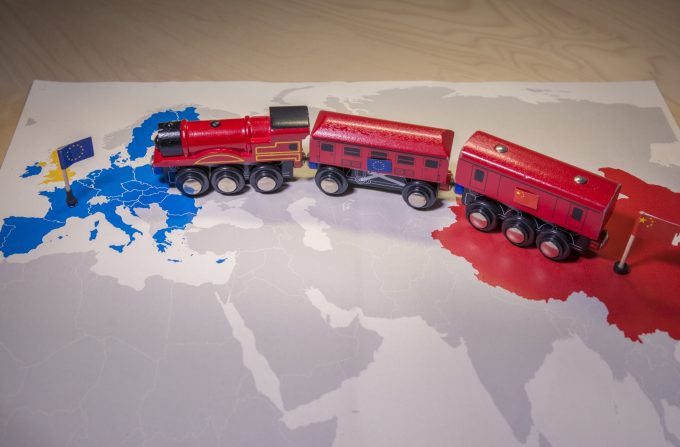Russian trade and the challenge of logistics bottlenecks created by sanctions
Georgia Georgian container terminals at Poti and Batumi, situated on the east coast of the Black ...

China-Europe rail freight is readying for life after subsidies, as forwarders say it’s time for “quality over quantity” along the New Silk Road.
The subsidies, provided largely by the Chinese central government, have been a key factor driving rail freight growth over the past half-decade.
For example, ...

Comment on this article